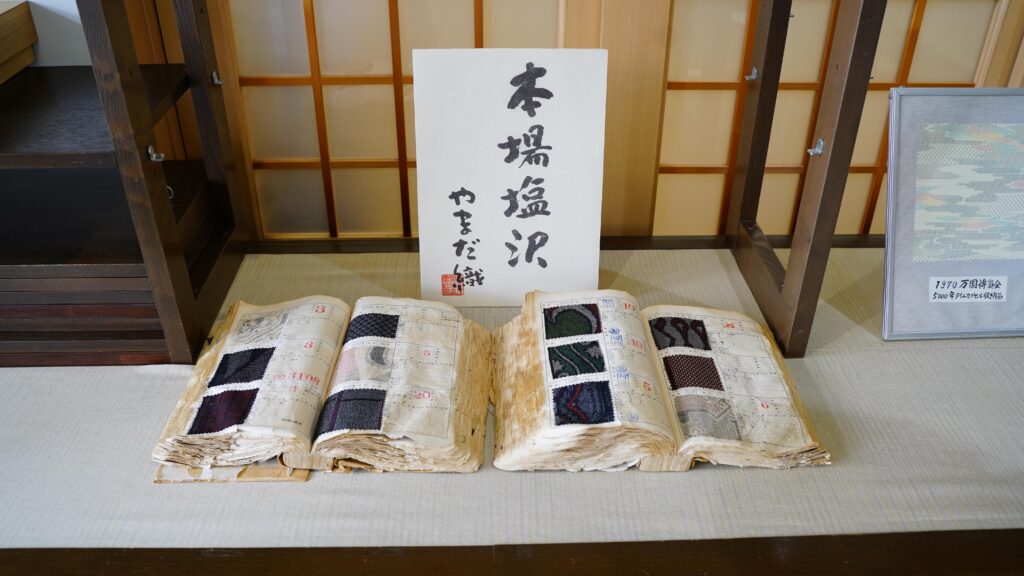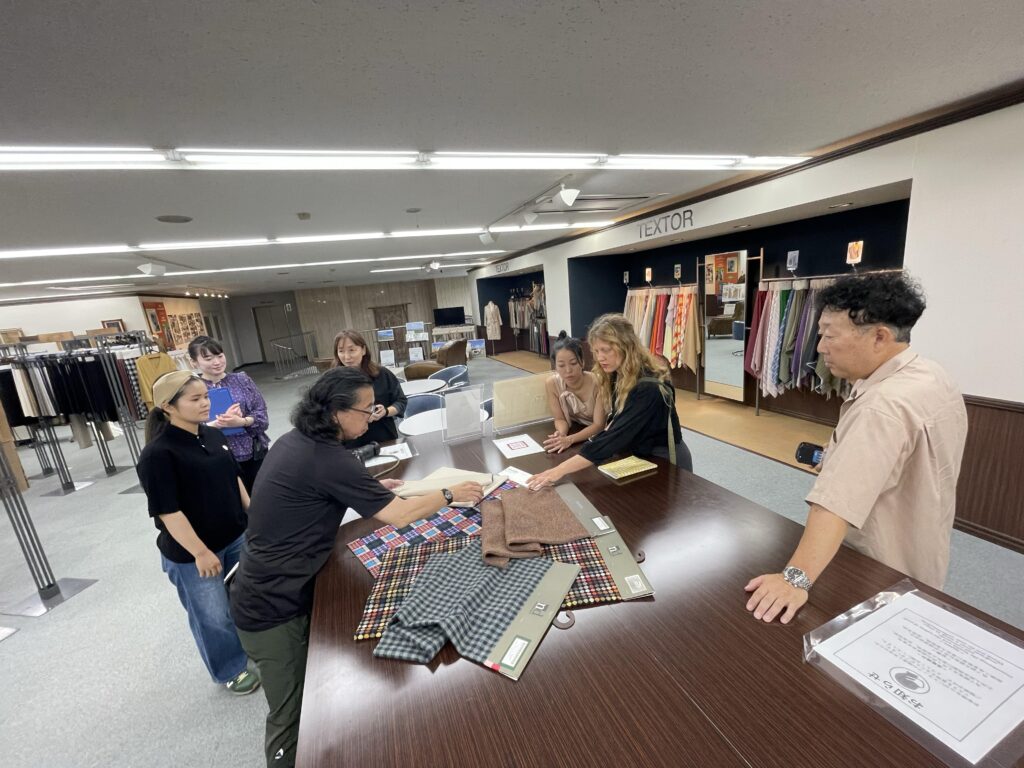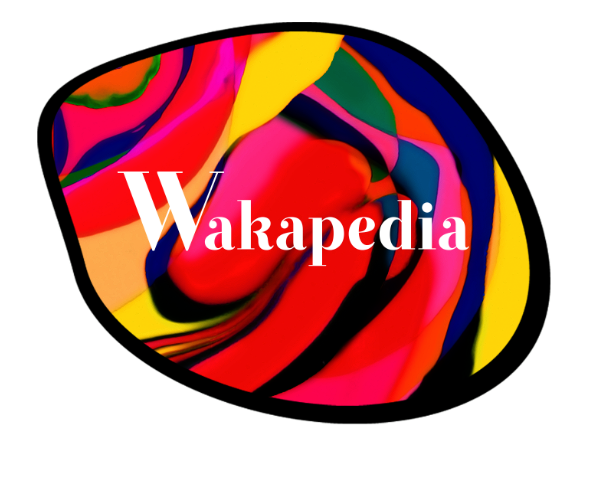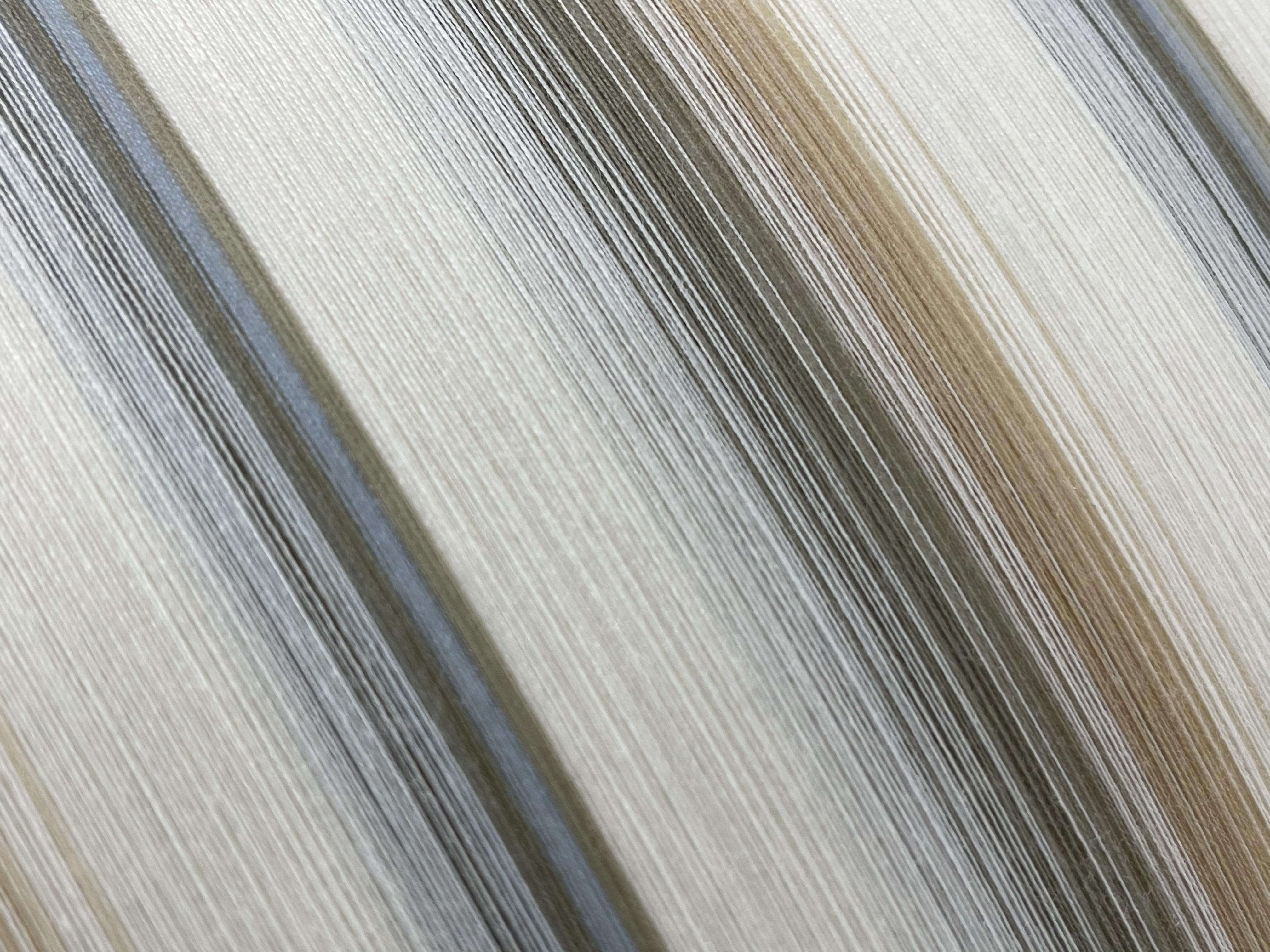A journey to discover the Sakura Collection and the traditional textile craftsmanship of Japan
The SAKURA COLLECTION is a collaboration between textile companies from all around the world. Created in Japan in 2012, the project supports creators, boosts regional tourism in Japan, and fosters cultural and economic exchange with foreign countries. To fulfill these core missions, the organization commissions collections by international designers and gives awards to fashion students who create garments and accessories using Japanese fabrics. At Wakapedia, we love to use culture to build bridges between Japan and other countries, so collaborating with the Sakura Collection and embarking on an incredible journey to discover Japan’s exquisite textile craftsmanship thrilled us from the beginning!
Ready for departure
It was late August, and the weather in Tokyo was unbearable. Running from one appointment to another in the asphalt jungle left us soaking wet, as if we had taken a shower. We wistfully recalled memories from the beach last summer in our home country of Italy. What a dream to spend our days gazing at the infinite crystal-clear sea while sipping ice-cold spritzes under an umbrella! Fortunately, Maria of the SAKURA (Sakura means cherry blossom) offered us an escape from Tokyo’s scorching sun and 100% humidity: a guided tour for the Wakapedia team and our friend Flora Rabitti (designer of the up-and-coming Italian brand Florania) of the production sites of traditional Japanese textiles. We already imagined the smell of grass and the fresh countryside breeze on our faces, so we accepted without hesitation! On the day of departure, we boarded the Shinkansen (the Express Train, ed.), ate our Ekiben (a packaged snack sold on Japanese trains, ed.), and fell fast asleep. We woke up and arrived humming Nel blu dipinto di blu (one of the most famous Italian songs by Domenico Modugno, of course, ed.).
Stop No. 1: Indago in Tochigi Prefecture
The first stop on our itinerary was the Sano Aizome workshop in the city of Sano. The beautiful bucolic landscape in Tochigi Prefecture was so different from the skyscrapers of Tokyo. We felt like children in a Studio Ghibli movie, ready to run through the meadows and meet Totoro! Beautiful and delicate indigo fabric fluttered in the wind amidst the lush greenery of the surrounding nature. The region’s natural indigo dyeing has been world-renowned for generations. The Irish writer Lafcadio Hearn, who visited Japan around 1890, spoke of it as a “blue country” precisely because of the ubiquitous indigo fabrics used for everything from kimonos to curtains and banners. When synthetic indigo began to be imported from abroad in the early 20th century, the local industry declined. Fortunately, in 2014, a group of volunteers resurrected the business of traditional indigo dyeing in Sano, a century after its demise.

Stop No. 2: Hon-shiozawa and Ojiya Chijimi in Niigata Prefecture
Next, we headed to Niigata Prefecture. We had already visited the region in the winter to snowboard at the GALA Yuzawa ski resort, but this was our first summer visit. We remembered the delicious Niigata Koshihikari rice and the fine Junmai Daiginjo Hakkaisan Kongoshin sake (a rare luxury sake sold only twice per year, ed.). We couldn’t wait to combine our professional cultural mission with our culinary passion! So, after filling our stomachs nicely, we had the pleasure of learning about two craft traditions deeply rooted in Niigata.
The Yamadaori company in the town of Minamiuonuma has produced fine textiles for more than 110 years. To make the most emblematic fabric of the region, called Hon-Shiozawa, they use the traditional Echigo-jofu tie-dye technique. Hon-Shiozawa even earned UNESCO intangible cultural heritage status in 2009! To make it, ramie fibers are twisted together by hand to make yarn. Then, the yarns are bundled, tied delicately, and dipped in dye. The fabric is then woven by hand to create a geometric or floral pattern, washed in hot water, kneaded with the feet, and finally stretched out in the sun to dry.
Ojiya Chijimi fabric (also a UNESCO intangible heritage) has been produced in Niigata Prefecture for over a thousand years. The technique used to make it, Yukizarashi, takes advantage of the snowy landscape. Once the fabric is dyed, it is laid directly onto the snow to dry. As the sun’s heat turns the snow into water vapor, ozone is released into the fabric. The resulting chemical reaction lightens and brightens the colors of the fibers to create a beautiful, almost transparent effect. The long strips of fabric laid out on the glistening white snow are a marvelous sight to see and reminded us of scenes from Hokusai’s poetic ukiyo-e woodblock prints.

Stop No. 3: Bishu Wool in Aichi Prefecture
Next, we visited the Nakaden Keori workshop in Bishu. Aichi prefecture is one of the three largest wool-producing regions in the world (along with England and Italy). We were fascinated by the industrial-scale production that uses enormous machines working rhythmically together. It made us think of the movie Charlie and the Chocolate Factory! The company enjoys an international reputation for producing the highest quality wool by combining modern technology and traditional knowledge. The company is also sensitive to the issue of sustainability and produces recycled wool. The wool is so fantastic that, even though it was summer, we felt like bundling up in warm, fluffy sweaters!
Stop No. 4: Enshu Men-Tsumugi and Hamamatsu Marube Denim in Shizuoka Prefecture
Our last destination was Shizuoka, a city famous for its tea as well as for its textiles. Did you know that the Toyota and Suzuki companies, now world-class automobile manufacturers, initially specialized in textile weaving machinery here in Shizuoka?! The Nukumori Koubou company introduced us to Enshu Men-Tsumugi, a handmade textile that originated in the Edo period (1600-1868). Seeing the third generation of artisans carrying on this centuries-old tradition was exciting. In fact, the parents of the current president, Asahi Otaka, still spin and weave by hand in the workshop! When wearing these heirloom fabrics, you can really feel the passion that went into making them. Finally, we headed to the Nabesou factory. The Hamamatsu Marunabe denim they produce is prized for its quality and durability and has a surprising aesthetic twist. In addition to the traditional blue, they use a vivid orange thread inspired by the famous oranges grown in Hamamatsu to make two-toned jeans.
Journey’s end
Although we couldn’t visit all the manufacturers who are part of the SAKURA COLLECTION on this trip*, everyone on the Wakapedia team was delighted to discover the many precious craft traditions that are being handed down to future generations. It’s easy to see why Japanese fabrics are prized worldwide for their beauty and quality. So even though we didn’t sip spritzes or eat focaccia on the beach this summer, we were nourished by traditional Japanese culture (and delicious regional delicacies). Arigatou gozaimasu Sakura collection!
*On our next adventure, we plan to learn even more about unique Japanese fabrics and production techniques including upcycled denim (One-o-Five Denim, Tokyo), Tamaori fabric (Sawai Orimono), innovative sewing technology (Edvance, Tokyo), black die technique (Kyoto Montsuki, Kyoto), and Oshima Tsumugi fabric (Hajime Syoji and Yumeori no Sato, Kagoshima). To be continued…







